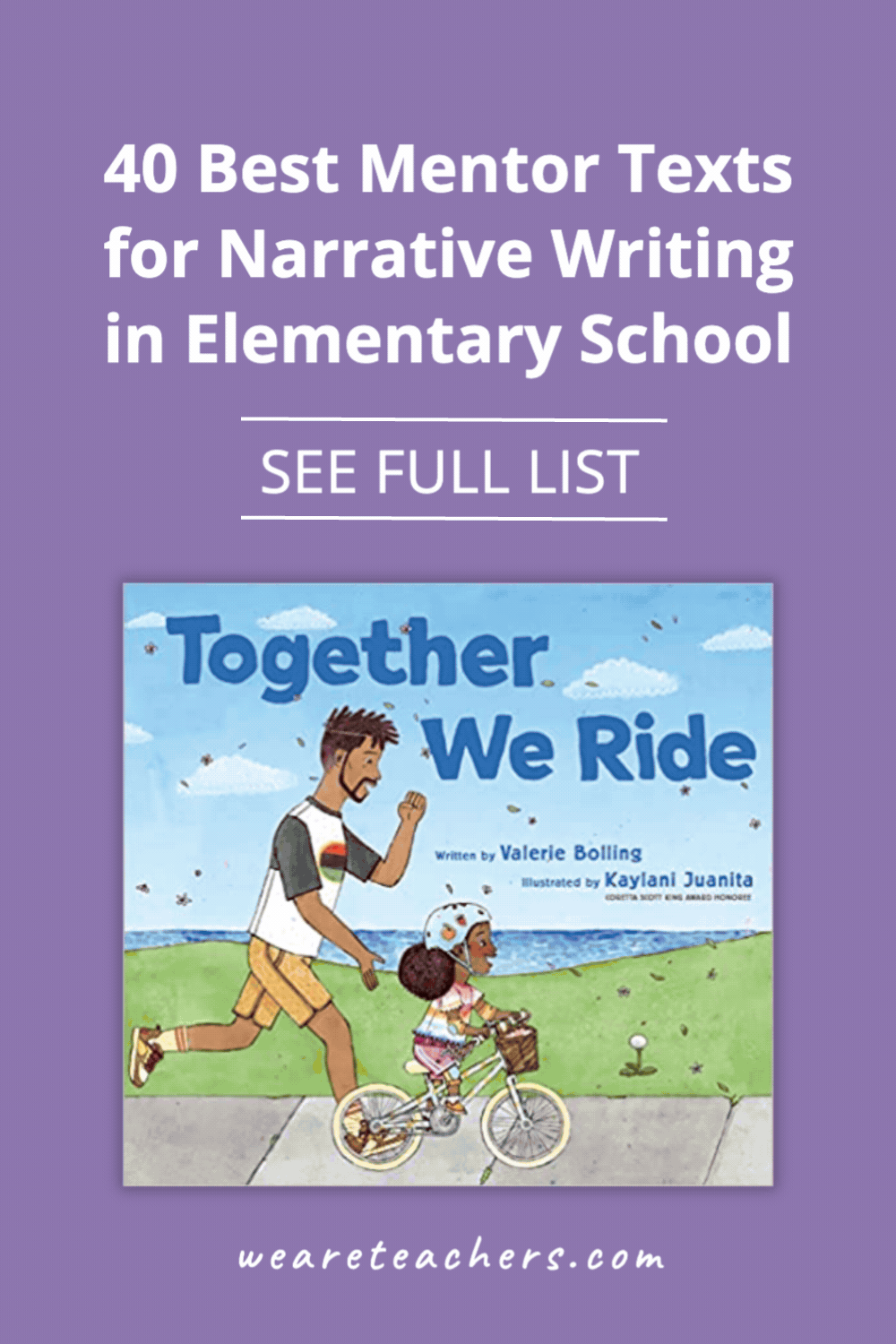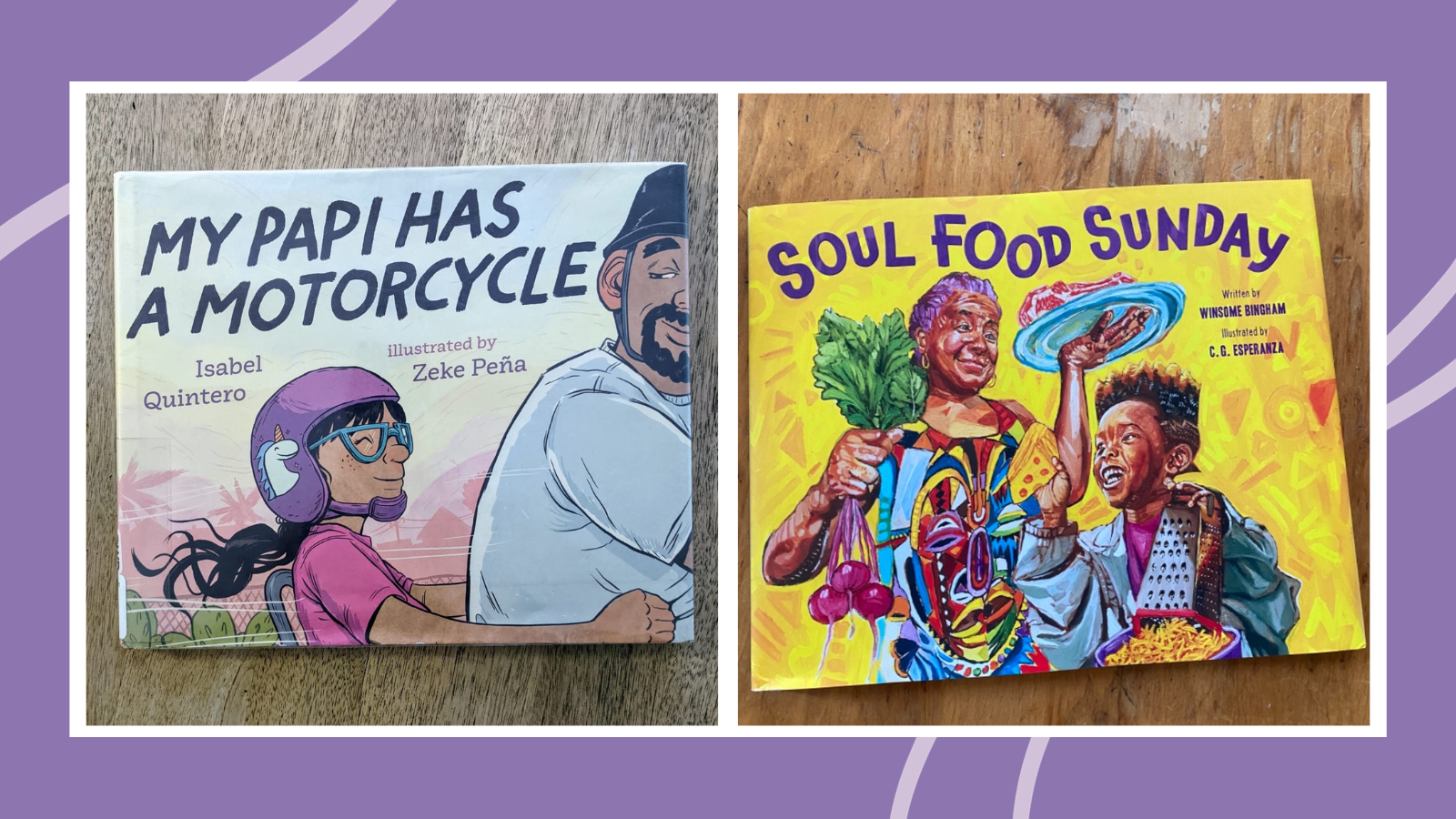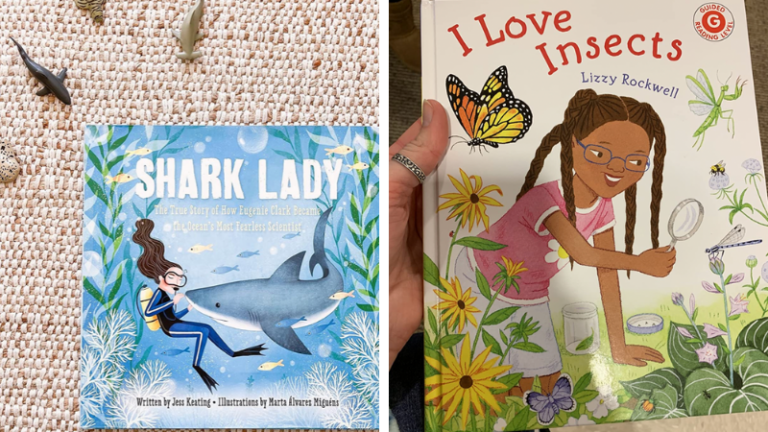Kids love to tell you all their stories—especially when you’re trying to talk about something else!—but teaching them how to effectively write down their narratives takes work. Mentor texts for narrative writing are a teacher’s best friend when it comes to showing students how to write engaging and powerful stories. These are the books you pore over together both to get familiar with the narrative genre and to give kids examples when introducing new writing craft moves.
Your writing curriculum probably includes some reliable favorites, but updated titles can bring fresh energy. We’ve done the work for you to find recent, appealing, diverse, (mostly) first-person mentor texts for narrative writing to add to your collection. You’re welcome!
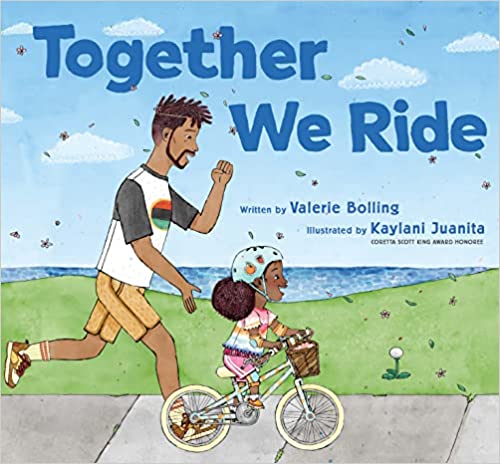
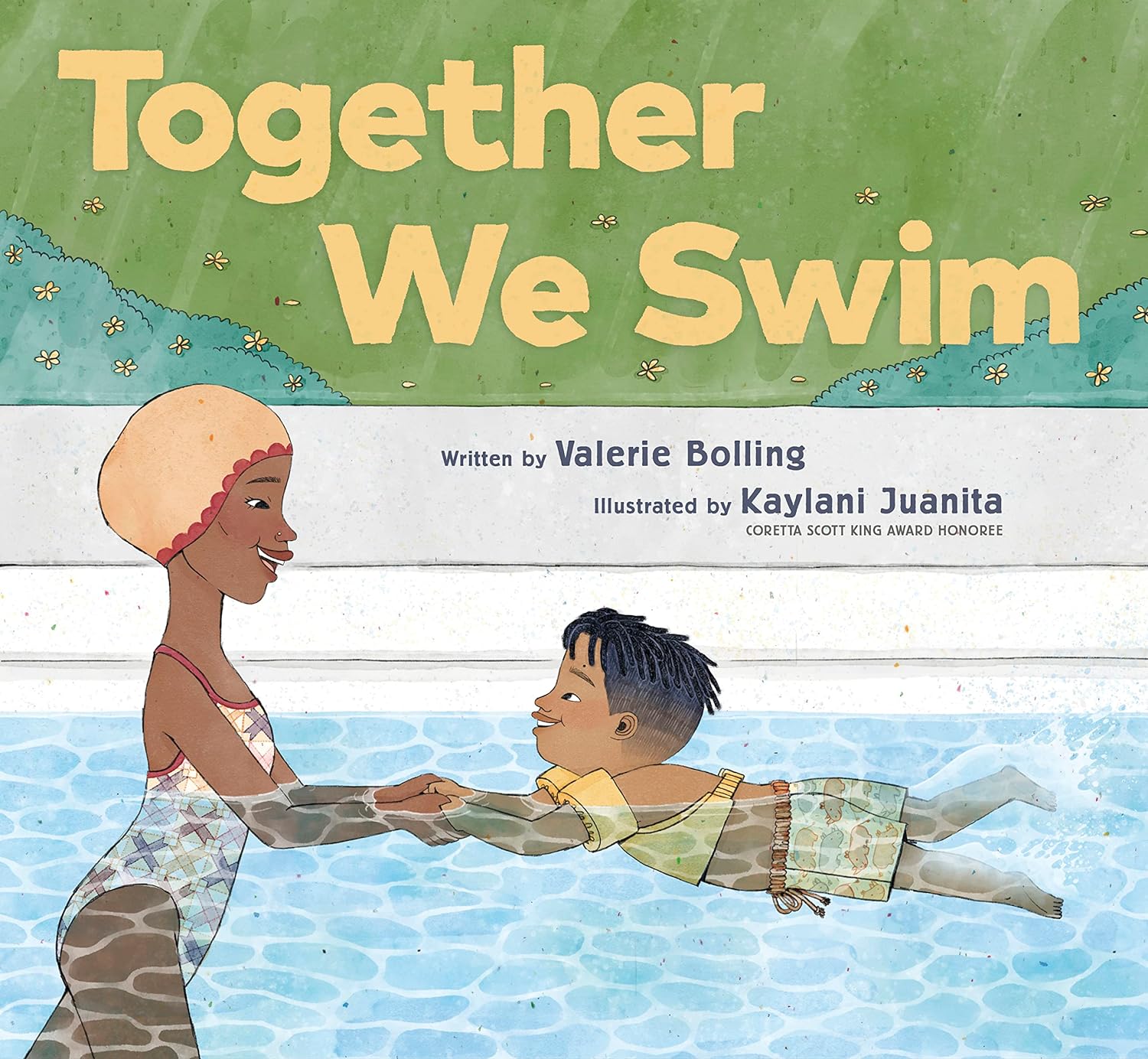
1. & 2. Together We Ride and Together We Swim by Valerie Bolling
This pair of books takes telling the stories of the classic experiences of learning to ride a bike and learning to swim to the next level. A sister and brother persevere through fears and challenges with the help of their parents. Add these to your mentor texts for narrative writing for younger students who use mostly pictures and a few words. There are so many small visual details to notice that can encourage students to add more to their own drawings.
Buy it: Together We Ride and Together We Swim
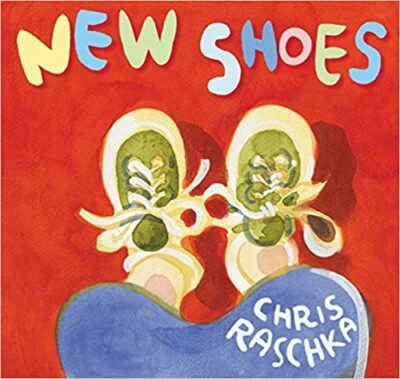
3. New Shoes by Chris Raschka
A child discovers his old shoes are too tight and heads to the shoe store to pick out new ones. Use this to show new writers how they can tell a great story with just a few sentences. You can also introduce new techniques for illustrations—all these pictures are delightfully zoomed in.
Buy it: New Shoes
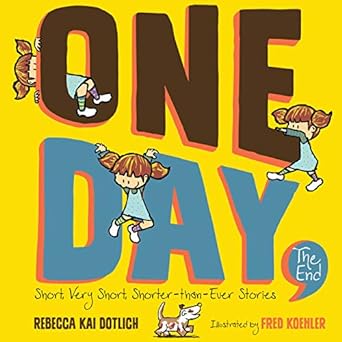
4. One Day, the End: Short, Very Short, Shorter-Than-Ever Stories by Rebecca Kai Dotlich
“One day, I lost my dog. I found him. The end.” This collection of tiny tales is one of the most perfect mentor texts for narrative writing to introduce kids to the idea that a story is when something happens. Use it with your littles to teach them how to add a sentence or two to their illustrations that tell a story from their lives.
Buy it: One Day, the End: Short, Very Short, Shorter-Than-Ever Stories
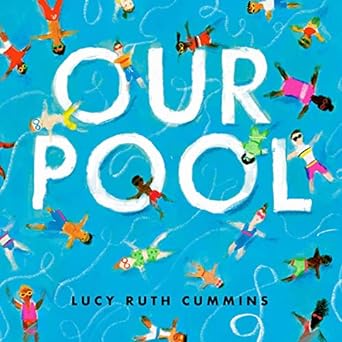
5. Our Pool by Lucy Ruth Cummins
From the moment the narrator wakes up to the sun streaming into her apartment windows, it’s clear that it’s a pool day! Everyone’s at the city pool, stowing their stuff in the lockers with a CLANK and a CACHUNK, coating themselves in” slippery, slimy sunblock,” and cooling off in “an ice-cold bowl of “City People Soup.” We’re definitely adding this energetic book to our list of mentor texts for narrative writing that show kids how to use interesting language and details to bring a story to life.
Buy it: Our Pool
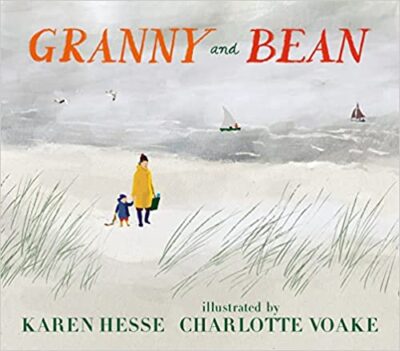
6. Granny and Bean by Karen Hesse
Granny and Bean go for a walk on a cloudy day. They enjoy all the simple pleasures of the beach, like waves, shells, sand, petting dogs, and seaside snacks. Use this to share an attainable example of a strong narrative for younger writers. Each page has only a short sentence or two, but they manage to tell a beautiful story.
Buy it: Granny and Bean
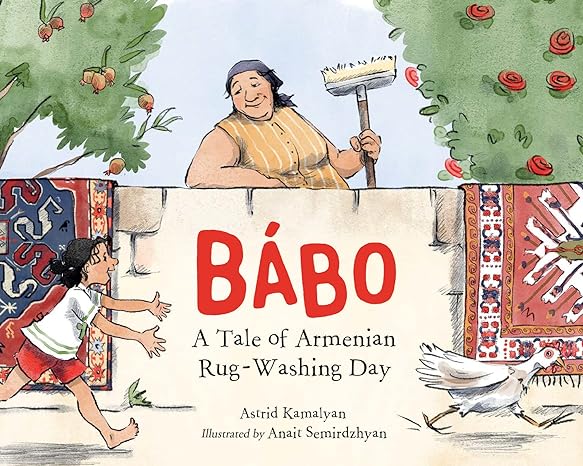
7. Bábo: A Tale of Armenian Rug-Washing Day by Astrid Kamalyan
We love this story of the author’s favorite summer chore—helping her grandmother clean the family’s rugs—to help kids see stories in their daily lives. From dancing in soap bubbles to scrubbing, sliding, and mopping, the author stretches the experience into a delightful tale. Help kids notice the mix of sentence lengths and unexpected details that give the story its fun energy.

8. Do You Remember? by Sydney Smith
This unique read-aloud stars a mother and child snuggled up at bedtime, trading favorite memories of picnics, special birthdays, and thunderstorms. As the story goes on, it becomes clear they’ve just experienced a sad move to a new city. The happy memories help them feel strong. While the text is written as a conversation, you can add this to your stack of excellent mentor texts for narrative writing that get kids talking and thinking about their own meaningful memories.
Buy it: Do You Remember?
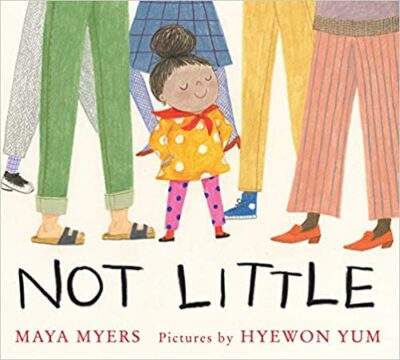
9. Not Little by Maya Myers
Dot is the smallest person in her family, but she doesn’t hesitate to stand up for the new kid when he’s bullied in the cafeteria. (Clearly, she is NOT LITTLE!) Use this to teach about strong, impactful sentences. Plus, introduce the technique of using a repeating line to show readers what’s important in your story.
Buy it: Not Little
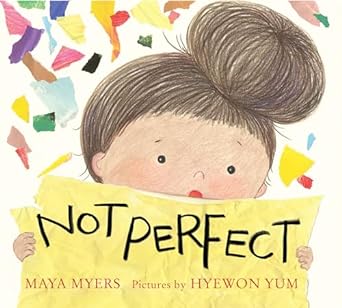
10. Not Perfect by Maya Myers
Dot from Not Little is back in this endearing follow-up story. She has an experience that will be familiar to many kids: She has an amazing vision for a project that turns out to be hard to execute. Even though this story stars younger students, it has endless potential as part of a collection of mentor texts for narrative writing across elementary school. Use it to discuss describing characters, varying sentence lengths, conveying emotions, and engaging readers throughout a problem-resolution narrative arc.
Buy it: Not Perfect
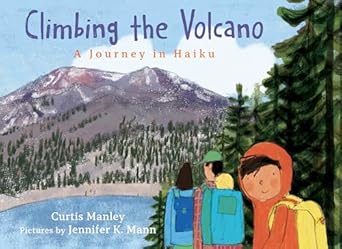
11. Climbing the Volcano: A Journey in Haiku by Curtis Manley
We love showing kids how reading a variety of genres can strengthen their personal narrative writing skills. This series of haiku tells the story of one family’s volcano hike with so many helpful examples of bringing a story to life with rich details. Classrooms could practice retelling the book in traditional narrative form, or try out creating their own collection of personal narrative haiku.

12. Cape by Kevin Johnson
This poignant story shares how a young boy uses a special cape to help him cope with his grief on the day of his loved one’s funeral. It will be a supportive mentor text for students trying to write about their own challenging experiences. It’s also a masterful example for all writers about how a few carefully chosen words and details can make a big impact on readers.
Buy it: Cape
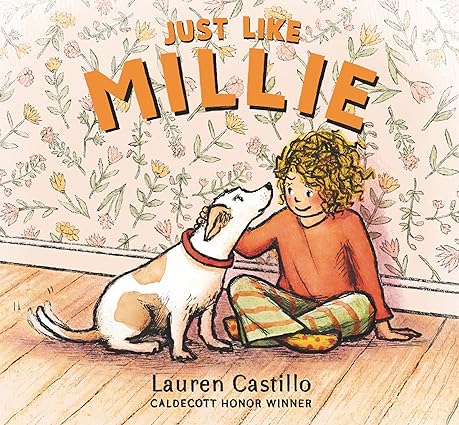
13. Just Like Millie by Lauren Castillo
If you have kids eager to write “how I got my pet” stories, you’ll definitely want to include this one in your collection of mentor texts for narrative writing. When a girl moves to a new city, making new friends feels overwhelming—until she and her mom go to the animal shelter and meet Millie. Use this as an example of how to string together different significant events that tie to a powerful theme.
Buy it: Just Like Millie
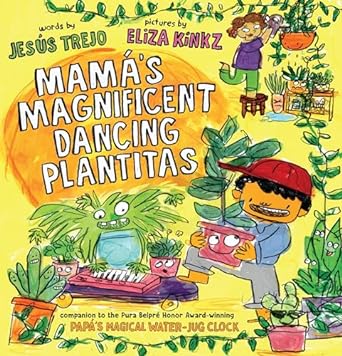
14. Mamá’s Magnificent Dancing Plantitas by Jesús Trejo
This story about Little Jesús’ efforts to take good care of his mother’s precious plants—and his ensuing panic when he knocks one over—makes for an extra-entertaining read-aloud. It’s especially great for modeling how to write in your own unique voice. We also love it for a fun lesson on incorporating speech bubbles into personal narrative stories, or a lesson about strong beginnings and endings. It’s also available in Spanish.
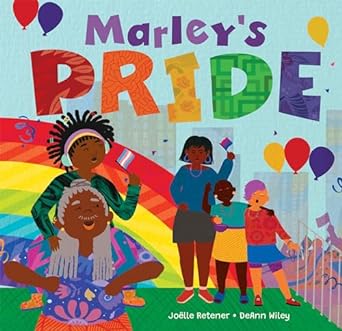
15. Marley’s Pride by Joëlle Retener
For years, Marley has wanted to attend their local Pride celebration with their grandparent Zsa Zsa, but the thought of all the noise, people, and chaos has always felt too scary. This year, though, Zsa Zsa’s getting a special award for their work in the transgender community, and Marley works hard to build up the courage to go. This personal narrative is a fantastic example for student writers of how to explain complex emotions within a story.
Buy it: Marley’s Pride
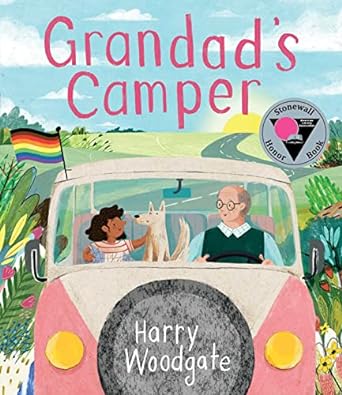
16. Grandad’s Camper by Harry Woodgate
A granddaughter explains all the reasons she loves visiting her grandad’s house—most of all, it’s because of the stories he tells about the many adventures he and Gramps had in their camper. It hasn’t felt the same since Gramps died, but a granddaughter-grandfather camping trip to the beach turns out to be just what everyone needs. This story is lovely for studying how to establish setting in a narrative, and how to include flashback moments effectively.
Buy it: Grandad’s Camper
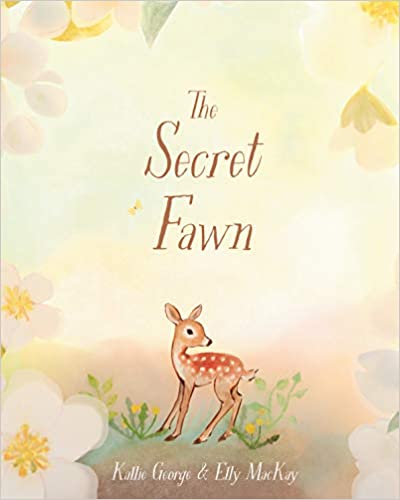
17. The Secret Fawn by Kallie George and Elly MacKay
As the youngest sibling, a girl feels like she misses everything—including the deer her family saw in the yard. She heads outdoors to try to see it for herself and ends up having an even more special experience. Use this quiet little story to show kids how to focus their narrative on a small but significant event.
Buy it: The Secret Fawn
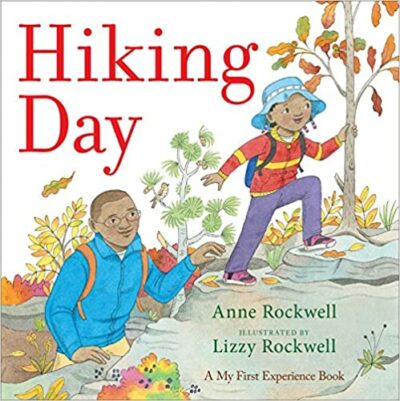
18. Hiking Day by Anne Rockwell
A girl and her parents take a local hike to enjoy all the sights and sounds of fall. Use this to teach about adding more to a narrative by including details, thoughts, sounds, and dialogue.
Buy it: Hiking Day
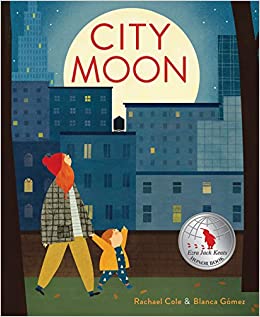
19. City Moon by Rachael Cole and Blanca Gómez
A boy and his mom take a walk in the city at night to look for the moon. Add this to the mentor texts for narrative writing you use to teach about bringing the setting to life. Also, show students how to stretch one brief experience into a story that feels important.
Buy it: City Moon
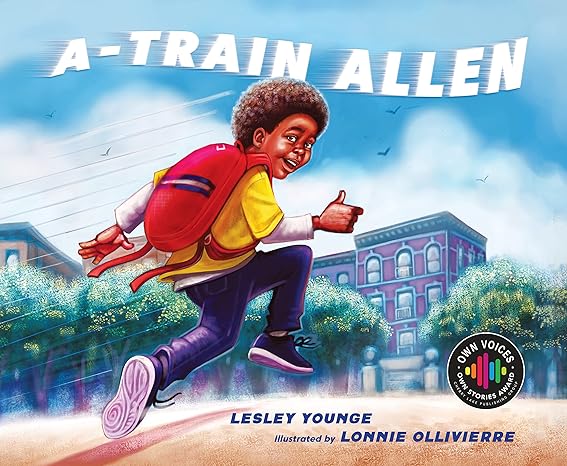
20. A-Train Allen by Lesley Younge
Race along with the main character as he dashes to the train station. (Spoiler: At the end, we discover it’s so he can be on time to chivalrously meet his grandmother.) This is one of the few mentor texts for narrative writing included on this list that isn’t written in the first-person, but it made the cut because it’s such a relatable title for showing kids how to bring a small moment to life using impactful verbs. Verbs are conveniently capitalized on every page!
Buy it: A-Train Allen
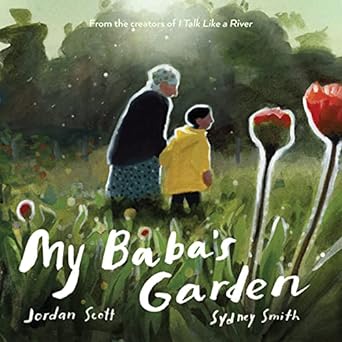
21. My Baba’s Garden by Jordan Scott
A boy spends time before and after school with his grandmother each day. He describes his Baba, her tiny house, and her actions with gorgeous precision. This will be one of your new favorite mentor texts for personal narrative writing to show students how carefully chosen words and details can be so powerful.
Buy it: My Baba’s Garden
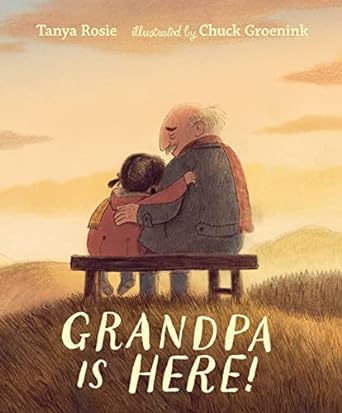
22. Grandpa Is Here! by Tanya Rosie
Tap into the excitement so many kids feel about being reunited with a special family member. A girl and her parents meet her Iranian grandfather at the airport and bring him home for a family welcome dinner. Add this to your mentor texts for personal narrative writing that shows kids how to include their internal monologue and model “show, don’t tell.”
Buy it: Grandpa Is Here!
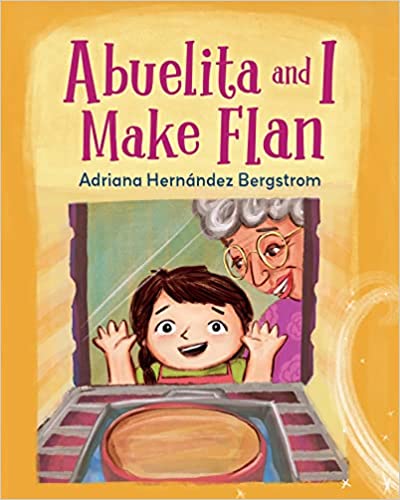
23. Abuelita and I Make Flan by Adriana Hernández Bergstrom
Anita is excited to help her grandmother make her birthday dessert—so excited that she breaks her grandmother’s special plate. Can she help enough to make up for it? Use this to show kids how to add flair to their narratives with speech bubbles, labels, and different types of text. Also use it to encourage kids to try to include the narrator’s internal monologue in their writing.
Buy it: Abuelita and I Make Flan
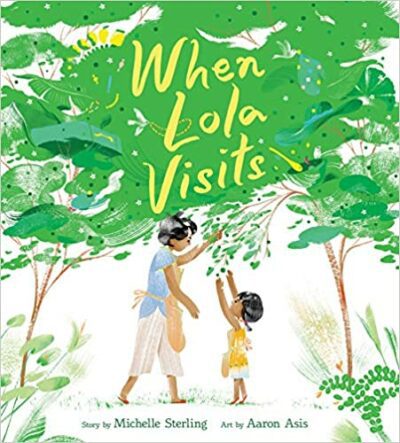
24. When Lola Visits by Michelle Sterling
With rich detail, a girl describes how summer smells, tastes, and feels when her grandmother visits from the Philippines. Use this to teach about adding sensory details to narrative writing.
Buy it: When Lola Visits
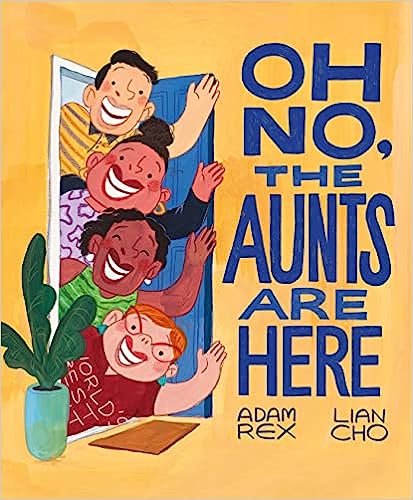
25. Oh No, the Aunts Are Here by Adam Rex
They arrive in a flurry of big purses and hugs, with their coconut scent, spit-polishing thumbs, and big dreams of seeing the Quilt Museum. This hilarious account of a visit from a kid’s over-the-top aunts is one of the most fun mentor texts for narrative writing you’ll find for teaching students how to bring characters to life in their stories.
Buy it: Oh No, the Aunts Are Here
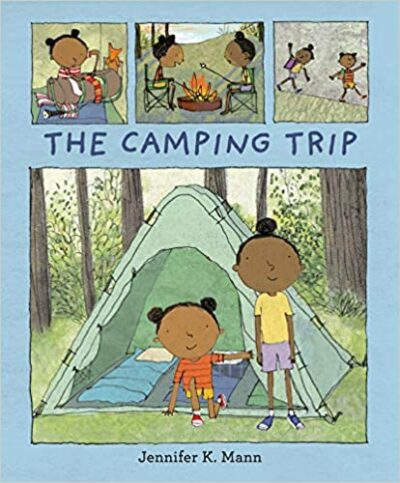
26. The Camping Trip by Jennifer K. Mann
City-dweller Ernestine is so excited to go camping with her cousin. It turns out there are a few parts of the great outdoors that take some getting used to, though. Use this to teach about experimenting with speech bubbles and different page layouts as a way to add interest and detail to narrative pieces.
Buy it: The Camping Trip
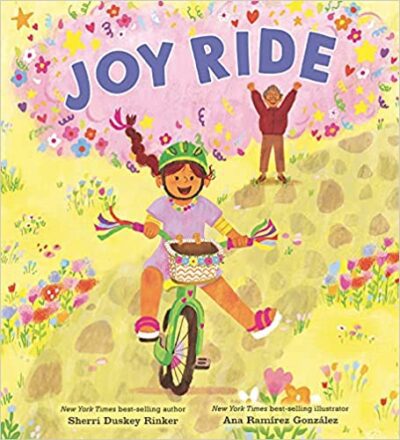
27. Joy Ride by Sherri Duskey Rinker
Joy finds a beat-up bike and convinces her tinkering granddad to help her fix it up. But when her peers make fun of her new ride, she makes the impulsive decision to push the bike down a steep hill, and then must face the feelings that follow. Use this as a solid example of a more detailed personal narrative that includes dialogue, characters’ thoughts and feelings, and interesting language.
Buy it: Joy Ride
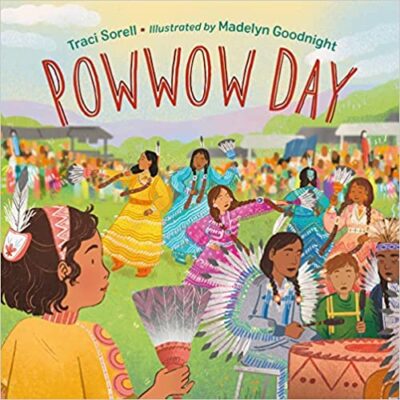
28. Powwow Day by Traci Sorell
It’s the day of the tribal powwow, but River is worried. She’s been sick and can’t join in as she usually does. The healing dance her friends and family perform inspires her to keep getting better. Use this to model the impact of using different sentence lengths. Intentional line breaks and onomatopoeia make the text feel almost like poetry too.
Buy it: Powwow Day
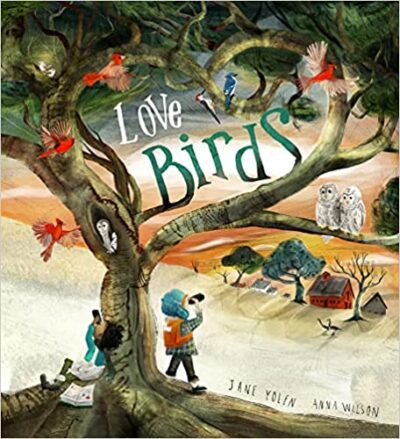
29. Love Birds by Jane Yolen
A boy who loves birds meets a girl who love birds in this sweet tale. When Jon calls out to the owls and gets a response, it’s not from an owl but from a girl named Janet. The two share tales of their bird-watching adventures in detail and bond over their love for birds.
Buy it: Love Birds
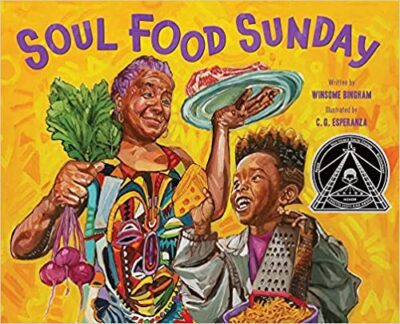
30. Soul Food Sunday by Winsome Bingham
Every Sunday the whole extended family gathers at Granny’s for a big meal. Today, Granny invites her grandson to help prepare the family’s favorite dishes for the first time. From grating the cheese to washing the grit from the greens, he learns about each crucial step. Use this to model how to break down an experience into small parts and describe them in more detail.
Buy it: Soul Food Sunday
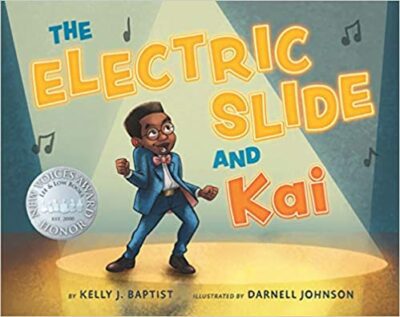
31. The Electric Slide and Kai by Kelly J. Baptist
As his family prepares to attend a big wedding, Kai desperately wants to impress his granddad with his dance moves so that he’ll give him a “dance nickname” like other members of the family. Use this to teach students to add their thoughts, goals, and emotions to their narrative writing, and to show, not tell, using dialogue and characters’ actions.
Buy it: The Electric Slide and Kai
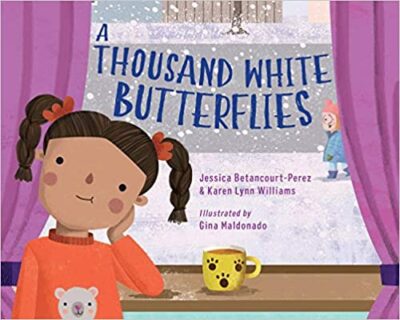
32. A Thousand White Butterflies by Jessica Betancourt-Perez and Karen Lynn Williams
Isabella recently immigrated to the United States from Colombia and is eager to start school and make friends. But an unexpected snow day changes her big plans. Use this to model writing precise sentences and to show how a character’s emotions change during a story. If you have bilingual students, this is also a nice one to show how to weave in words from another language.
Buy it: A Thousand White Butterflies
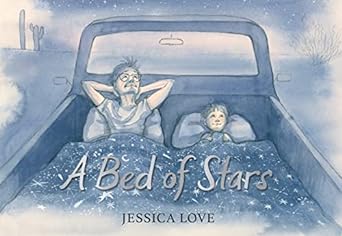
33. A Bed of Stars by Jessica Love
This is one of our new favorite mentor texts for personal narrative writing to share when we’re encouraging students to write stories about problems or challenges. When a child feels too anxious to sleep, their dad plans a camping trip in the family pickup truck. Their conversations under the stars help ease bedtime worries. Study excerpts to talk about the power of weaving dialogue into narrative writing.
Buy it: A Bed of Stars
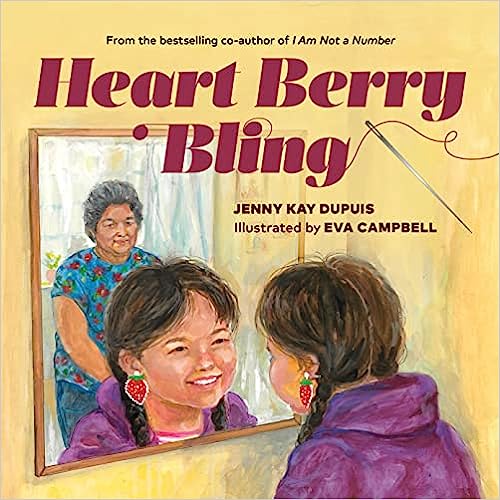
34. Heart Berry Bling by Jenny Kay Dupuis
This story of a girl’s afternoon spent with her grandmother is ideal for nudging upper elementary students to extend their narrative writing. From Granny’s phone chatter to the colors of the beads to the smells and tastes of their fry bread lunch, the sensory details bring Maggie’s time beading and chatting to life. Maggie’s experience making beaded earrings—including her frustration and, eventually, pride—is a helpful example for kids about how to describe a process within a narrative so readers can imagine it.
Buy it: Heart Berry Bling
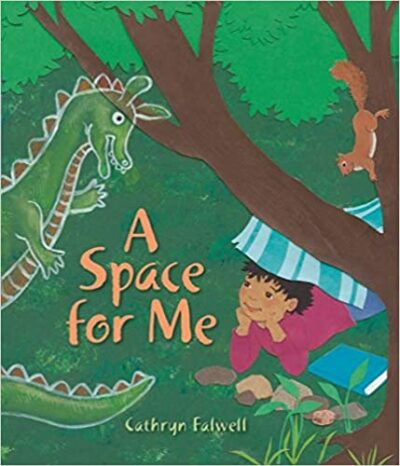
35. A Space for Me by Cathryn Falwell
An older brother gets tired of sharing his room with his annoying little bro, so he decides to build his own space in his yard. Both brothers learn from the experience and end up finding common ground together. Use this to teach about sticking close to a meaningful theme to write a focused narrative.
Buy it: A Space for Me
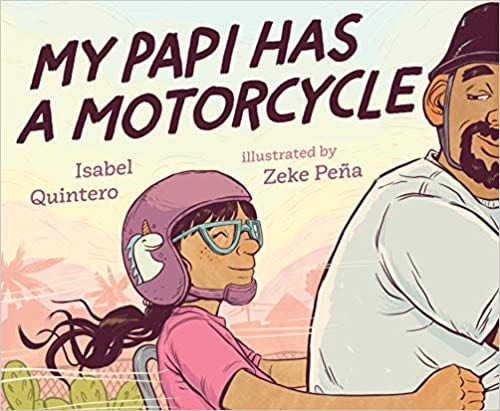
36. My Papi Has a Motorcycle by Isabel Quintero
A young girl tells the tale of a motorcycle ride around her neighborhood with her Papi. Use this to model ways to characterize an important person throughout a story. It’s also great for modeling how to use vibrant descriptions and for building energy across the arc of a narrative.
Buy it: My Papi Has a Motorcycle
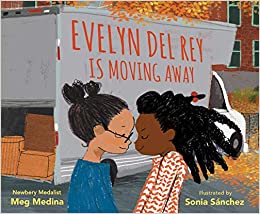
37. Evelyn Del Ray Is Moving Away by Meg Medina
Two best friends spend a final day together before one of them moves away. This one is full of heart, with equal parts sadness and sweetness. Use this to teach … well, everything. Model strong leads and endings, how to use small details to create a mood, and how to do justice to a particularly emotional experience by telling it step-by-step.
Buy it: Evelyn Del Rey Is Moving Away
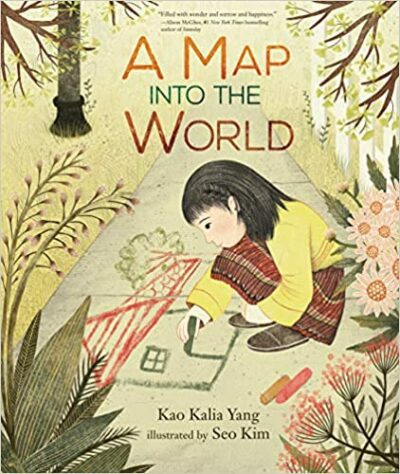
38. A Map Into the World by Kao Kalia Yang
A girl moves to a new house and welcomes twin baby brothers to her family. Next door, an elderly neighbor grieves the loss of his wife. Use this to show students how describing what each character does or says in a situation can help create a complete scene. Also explore strategies for conveying the passage of time.
Buy it: A Map Into the World
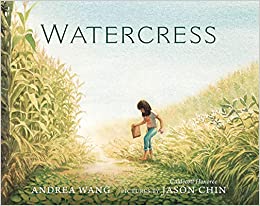
39. Watercress by Andrea Wang
When a girl’s parents spot watercress growing on the roadside, they pull over to pick it so they can make a meal reminiscent of their native China. The girl hates the whole experience but ends up appreciating it more as she learns what it means to her family. Add this to your mentor texts for narrative writing for when you work on revising for tighter, more precise language. Imagine how this narrative might have started out and compare that to its sparse but incredibly powerful final text. Also, share the author’s note, in which she describes the experience that led to this book, to teach about how to choose meaningful narrative topics.
Buy it: Watercress
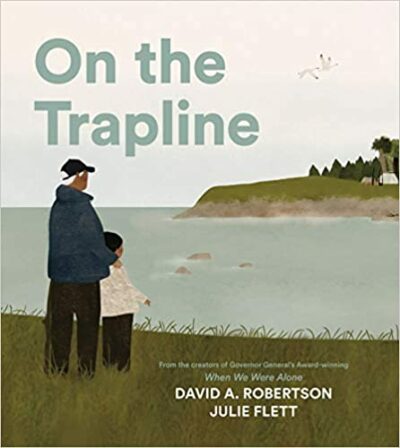
40. On the Trapline by David A. Robertson and Julie Flett
A boy visits his grandfather’s old trapline in the northern wilderness, which is steeped in memories. Besides being a beautiful example of personal narrative, this is a fascinating exploration of Cree tradition for kids. Use this to model how to include details and dialogue to explain things to readers and for planning an interesting structure for your narrative. (In this case, it’s a repeating line at the end of each section that explains a Cree word.) It’s also a nice example of how to weave memories of the past into a present-tense narrative.
Buy it: On the Trapline
Plus, check out our favorite mentor texts for how-to or procedural writing and opinion writing.
Want more book lists and classroom ideas? Be sure to subscribe to our newsletters to find out when they’re posted!
